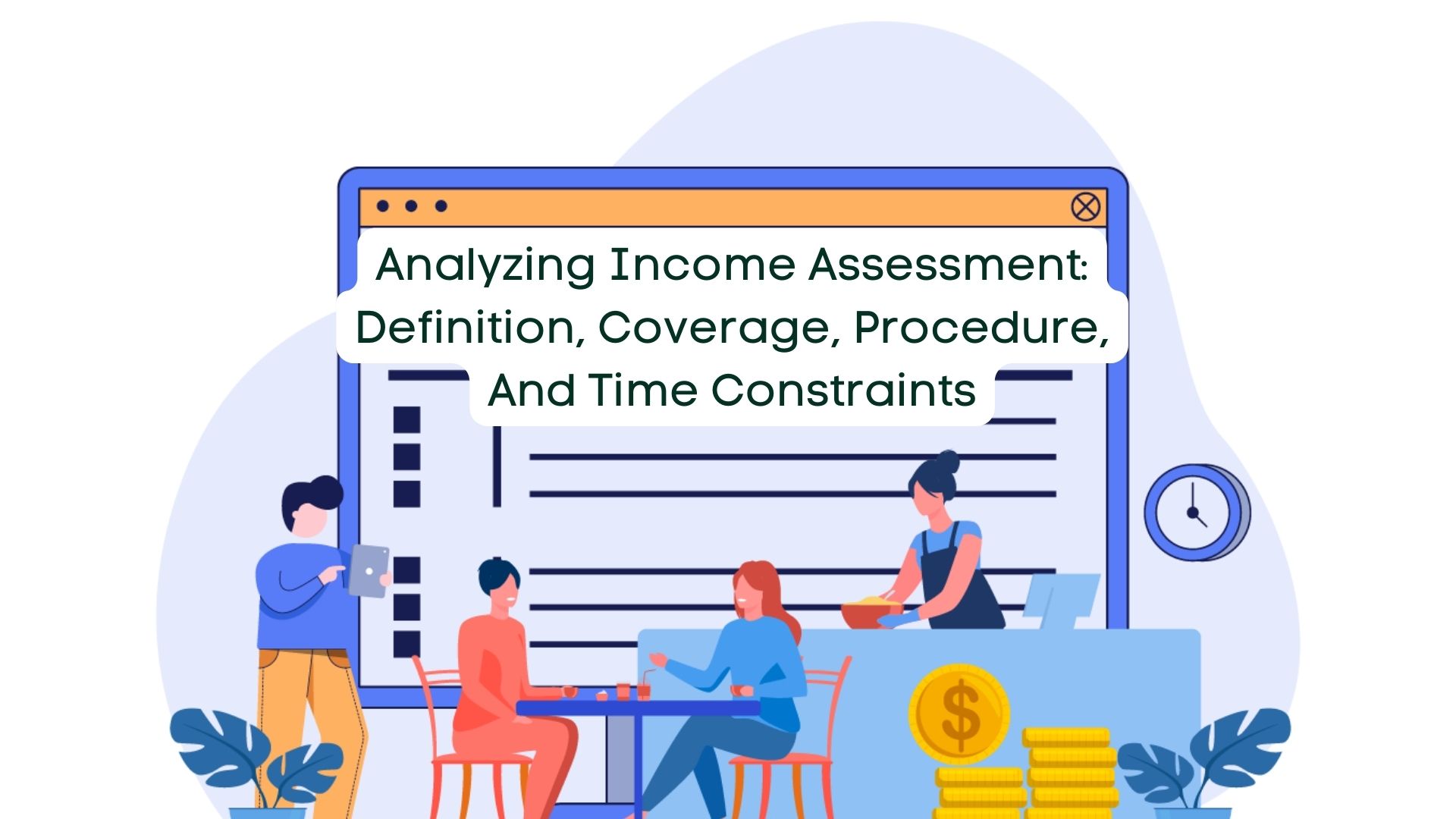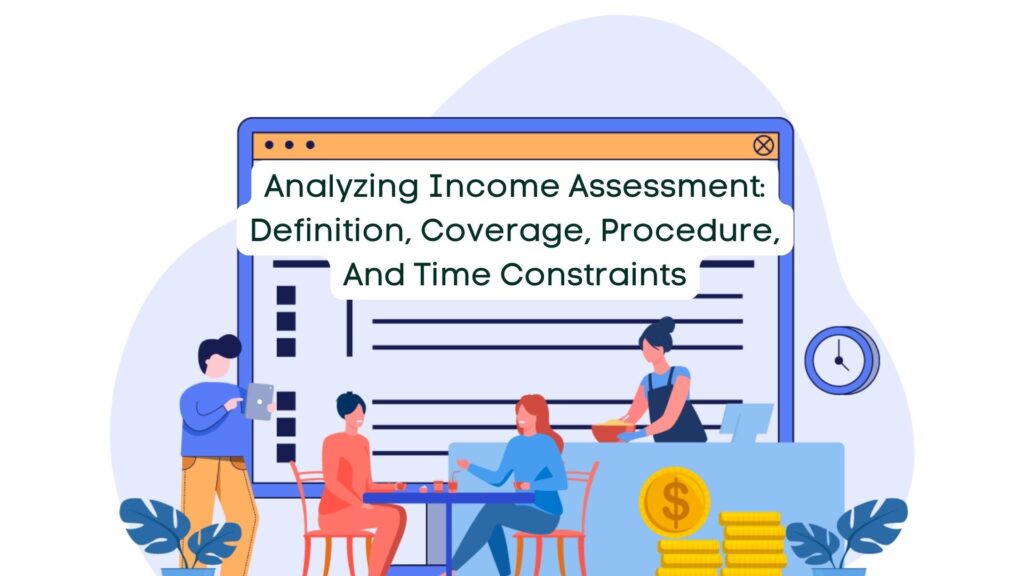
23 Feb Analyzing Income Assessment: Definition, Coverage, Procedure, and Time Constraints

For individuals surpassing the basic exemption limit in a fiscal year, filing an Income Tax Return (ITR) becomes mandatory, detailing income, deductions, and relevant information. Once filed, the Income Tax Department processes these returns, occasionally subjecting them to assessment based on Central Board of Direct Taxes (CBDT) criteria. In this discourse, we delve into the Assessment of Income under Section 143(1).
Definition of Assessment:
Assessment necessitates taxpayers to furnish income details via their tax returns, subsequently processed by the Income Tax Department to ascertain accuracy, referred to as “Assessment”. It encompasses re-assessment and best judgment assessment under Section 144.
Types of Assessments:
The assessments include Summary Assessment (Section 143(1)), Scrutiny Assessment (Section 143(3)), Best Judgment Assessment (Section 144), and Income Escaping Assessment (Section 147).
Summary Assessment (Section 143(1)):
This preliminary evaluation, conducted without the taxpayer’s presence, involves a basic review of the return, allowing adjustments for arithmetic errors, incorrect claims, or late submissions. Notifications of any adjustments are communicated to the assessee, who can respond within 30 days before final adjustments.
Procedure for Summary Assessment: The process involves computation of tax, interest, and fees after corrections, followed by communication of payable/refundable sums to the taxpayer via intimation.
Time Limit for Summary Assessment:
Section 143(1) assessments must conclude within 9 months of the fiscal year-end in which the return was filed.
Scrutiny Assessment (Section 143(3)):
This detailed assessment entails thorough examination to validate claims, deductions, and income accuracy, initiated through a notice served to the taxpayer.
Procedure for Scrutiny Assessment:
Taxpayers respond to notices, providing evidence and arguments, which the Assessing Officer reviews to determine the final total income or loss, along with any payable refunds.
Best Judgment Assessment (Section 144):
Applied when taxpayers fail to meet filing or compliance requirements, or lack reliable financial records, this assessment relies on the Assessing Officer’s discretion.
Procedure for Best Judgment Assessment: Notice issuance prompts taxpayers to justify their position; failure results in the officer proceeding with an assessment based on available information and judgment.
Time Limit for Best Judgment Assessment:
Section 153 outlines various time frames depending on the assessment year, with extensions possible under certain conditions.
Income Escaping Assessment (Section 147):
Initiated when taxable income evades initial assessment, this process involves issuing notices to taxpayers for additional assessment.
Procedure for Income Escaping Assessment:
Taxpayers receive notices, present their cases, and if necessary, the Assessing Officer reevaluates income and applicable taxes.
Time Limit for Income Escaping Assessment:
Assessments under Section 147 must conclude within one year of notice issuance, with exceptions based on the assessed amount and asset location.
Conclusion:
Understanding the nuances of income assessment processes empowers taxpayers to engage effectively with the Income Tax Department, ensuring compliance and fair evaluations.


No Comments